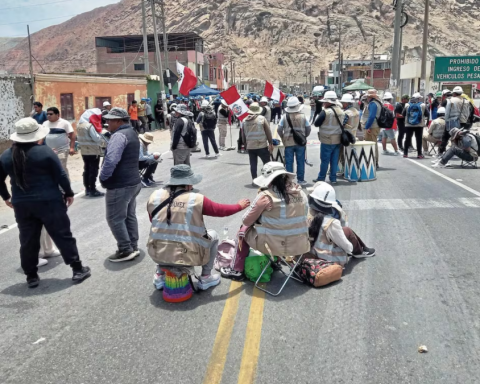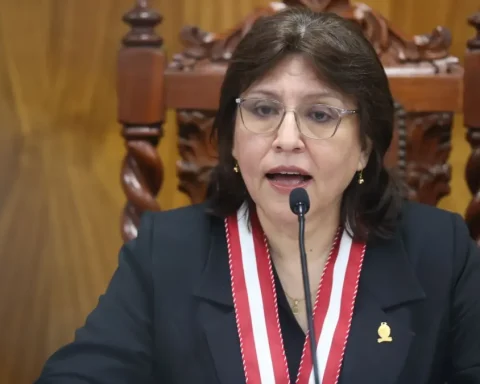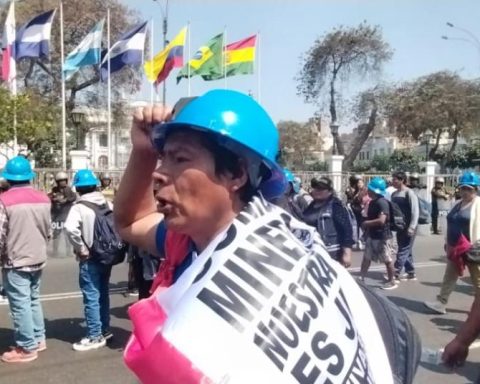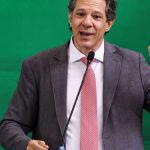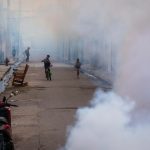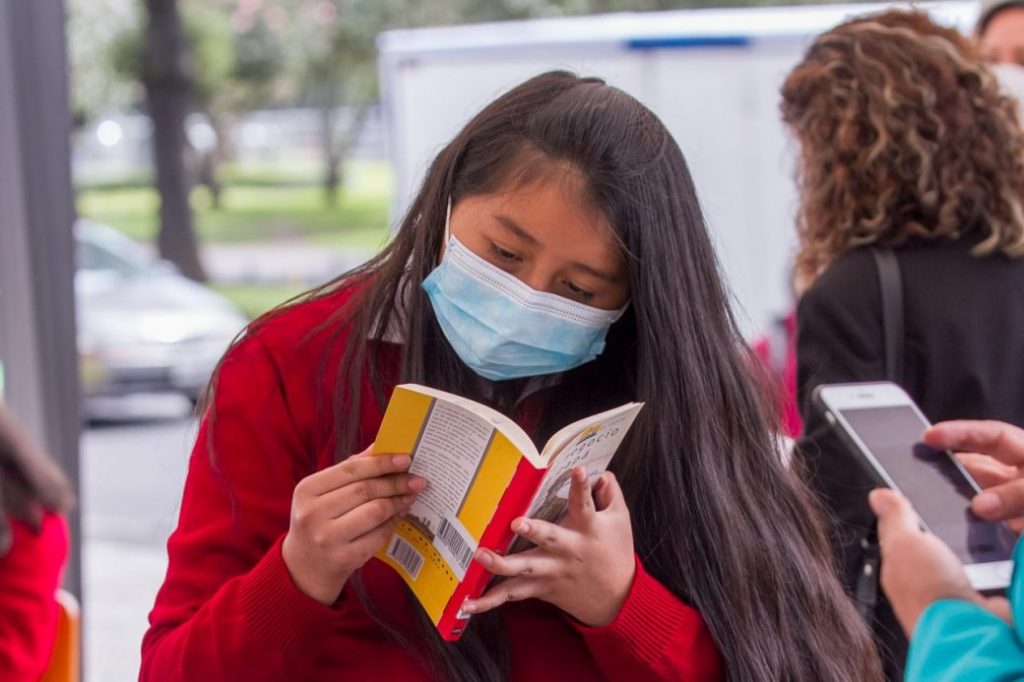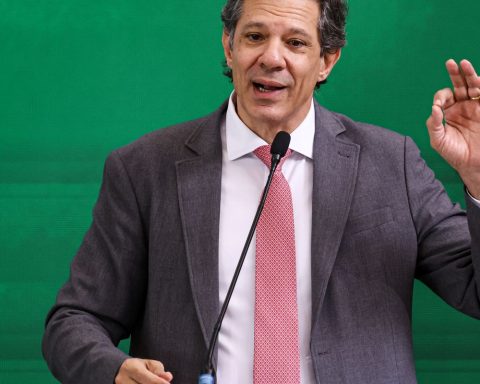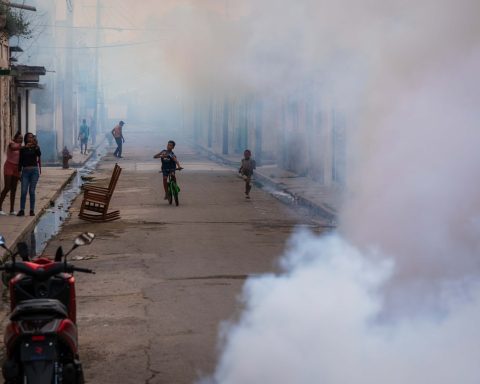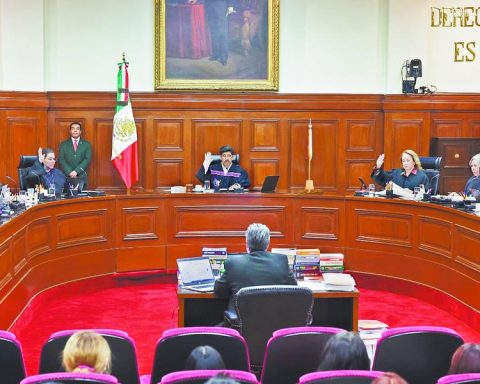Days after a context of violence due to the events in Ayacucho and the stoppage of activities in Antamina, the president of the SNMPE, Raúl Jacob, explains in Peru21.TV the effect that this convulsed situation has had on the mining sector and on income for the country. In addition, it anticipates that, if the request for powers in tax matters that the Executive has made to the Parliament prosper, the competitiveness of the projects and operations of this industry could be affected.
How much has been lost to the chaos and lack of control of conflicts on the part of the government?
In the case of Las Bambas, for example, more or less US $ 15 million per day is lost and companies are paying more or less half of their profits in various taxes and royalties. So, it is US $ 7.5 million that the Peruvian State loses and that directly affects the country’s collection. Then, in the southern mining corridor, The Bambas, which is the main producer, has lost, in terms of production, 365 days. In other words, it has lost a full year of production due to various cuts that have occurred in recent years. So there we also have a significant impact on copper production and the taxes related to this.
The mining corridor is always in trouble. Sometimes conflicts stop, but then they come back. What is really happening?
The mining corridor represents, in the south, 40% of the production and export of copper in Peru. Copper is half of mining exports and these are almost 60% of total exports. So, the mining corridor plus Antamina represent just over two-thirds of Peru’s copper shipments. It is something very sensitive that is affecting the country macroeconomically, which is beginning to be reflected in macroeconomic variables such as the dollar.
And the problem is that we do not find a lasting solution. What we see are patches, like these two weeks there will be no problems (…). The root of the problem is not being attacked and this is not being touched in a way that leads to a definitive solution.
What actions do you expect the government to take?
We ask that there be a more proactive search to create a climate of peace. And this requires the absence of violence. The entire area must be reassured, both the Antamina area and the southern mining corridor, so that we can discuss, in an appropriate environment, issues related to the development of the communities in the areas of impact of the mining corridor and Antamina.
Do you notice that there are projects or operations that may be at risk from latent conflicts, but are suddenly developing on a smaller scale?
Apart from Antamina, there is Ushaqua, which is a Buenaventura operation and has been closed for 15 days. It is a small operation; therefore, it is not so striking (…). We also have a situation in Oyón, in Lima, then in Hill of Pasco, in Junín. We have in Cusco in two or three points and in the southern mining corridor, where it is already a constant that is “solved” and after a week or two, problems appear again. I think what is happening is that a negotiation is not taking place with a scheme that allows finding a solution first in the short term and then in the long term.
SIGHT: MEF on tax reform: It is not charging those who always pay, but those who evade taxes
Approximately how many conflicts or risk situations have you observed?
At this moment I do not have the exact data, but there are at least 10 conflicts of a certain level that we are seeing in different areas. And I forgot to comment on what is happening in the jungle, in the hydrocarbon sector, Petroperú Station 5 has been taken over for almost a month. This case is very delicate because it is an asset of the Peruvian State where there are 70,000 barrels of oil stored that cannot be shipped through the North Peruvian Pipeline to Talara.
The Central Bank projects that mining investment would grow just over 8% in 2022. Due to the current turbulent climate, do you have a similar or lower estimate?
No, it is more or less coincidental in the sense that there are large projects that are under construction and are almost finished. One is Quellaveco, which is moving forward and still has the whole of next year to invest, and there is a possible expansion of Toromocho that is also underway. Normally, one must have a queue of projects at different levels so that an investment flow is maintained, but we are not seeing that despite the fact that the signals from the international market are very good because the prices of the minerals that produced by Peru in general have risen. In addition, the prospects are good because it is being seen that these products are going to be required for the green energy revolution: electric cars, wind energy, solar energy, which consumes copper in significant quantities, first, but then also zinc and silver; there is a good long-term price support base.
![[Entrevista] Raúl Jacob: "In mining, Peru is in the Champions League" Motor. Mining is an activity that contributes 14% of the Gross Domestic Product. (Photo: archive / broadcast)](https://peru21.pe/resizer/bXln1LvWp5YlK5rMXhprmDvymEE=/620x0/smart/filters:format(jpeg):quality(75)/cloudfront-us-east-1.images.arcpublishing.com/elcomercio/3G3KM4QUIFDRXLWYJLPPWCLRPA.jpg)
In the medium term, until 2025, there is a group of projects, including Michiquillay, that should begin their construction phase in the coming years. Are we talking about a horizon that can be reached or are we being too optimistic?
Yes, it is doable and I would like to explain the following. In the last ten years, the mining sector has invested US $ 60,000 million in total; The highest collection is coming from these investments, which the Government is seeing in more than half of the new income it has. What do we have ahead? There are 22 projects and 8 are the most advanced, they are in the queue. They should start moving from more advanced projects to less advanced ones.
Companies are already working on them …
The companies in charge continue to work in engineering, in drilling, to see what quality of mineral there is (…), but there is a point at which one has to knock on the door of the international banks to request financing for the project , get the company’s board of directors to approve the investment and that’s when one begins to move on an international level and begins to compete with other projects. There are companies that evaluate the tax burden of a country and say: “Look, if in this country the government takes more than half of the income generated by the project, we are not interested.” There you enter to play on the big field and this is important because Peru, from the mining point of view, is (competing) in the Champions League. We play against developed countries like Canada, Australia, the United States (…). We are playing in that league and it is important to maintain competitiveness, which has several elements: the tax, developing the project, that they are not blocking you one week and the other not for the purposes of your operations.
The Minister of Economy, Pedro Francke, said that he is pointing to an increase in taxes on mining (if Congress grants them powers to legislate on tax matters). What would happen if the Executive raises the tax burden?
The great risk is that the country’s competitiveness will be lost. In 2011, a tax reform was carried out in the government of Ollanta Humala, which pushed Peru’s tax competitiveness to the limit. They made a scheme that allows investments to continue to be made, but we are at the limit from the point of view of what companies can contribute without losing competitiveness. Here I return to my comment that we are in the Champions League, as Australia, the US and Canada have substantially lower tax burdens than the current one in Peru. If one looks at the last 10 years, in Peru, according to the sample of SNMPE companies, which represents 75% of the mining GDP, 46% of total profits have been paid. Canada is at 35%, more or less, and in the US it is lower. In Australia it is also less than 40%. We have been at 46% with the prices of the past decade; With today’s prices, this 2021 we are going to triple the payment of taxes.
So, should Congress or should it not give the powers in legislative matters to legislate in tax matters?
With regard to the mining sector, we consider that this sector has been pushed to the limit of its ability to contribute fiscally. It is seen this year that we are paying three times more taxes than what was paid in 2020 and 2.5 times more than what was paid in 2019. There is already a contribution. Those funds, when you analyze their execution, are not fully spent.
What do you suggest?
My particular suggestion is that the Executive can focus more on improving the quality of spending than on thinking about increasing the tax burden on mining companies and other activities, because it is also considering raising taxes on dividends and rents. A focus on the quality of spending would be preferable, rather than increasing pressure on those who are already contributing to the national treasury.
DATA
- “Mining, as it has done before, can be the great locomotive, the great engine, that drives the development of Peru because although GDP is already reaching the level prior to the pandemic, the jobs are not there. We need to create jobs”Says Jacob.
- Peru has a portfolio of mining projects that can commit more than US $ 57 billion in investments. If they were launched, they would create 2.3 million direct and indirect jobs, according to the IPE.
- Mining exports totaled US $ 25,496 million between January and August of this year, 38.8% than in the same period of 2019, according to the SNMPE.
- Copper represented US $ 13,169 million of the total exported until August, while gold was translated to US $ 6,575 million.
- Raúl Jacob is an economist from the Universidad del Pacífico, with a master’s degree in Economics from the University of Texas at Austin (USA). He has a degree in Applied International Management from the Stockholm School of Economics.
- He is also Vice President of Finance at Southern Peru and has been a professor of Economics and Finance courses at the Universidad del Pacífico.
- “Added to the climate of insecurity due to activities with violence is the uncertainty that exists in the tax part”Says Jacob.
- “For each permanent job that is had in a mining project, eight are generated in the rest of the economy”He added.
RECOMMENDED VIDEO
![[Entrevista] Raúl Jacob: "In mining, Peru is in the Champions League" López Aliaga on Popular Renewal:](https://peru21.pe/resizer/_T_qcrV456_PpO5bw_iOI8l7IlE=/580x326/smart/filters:format(jpeg):quality(75)/cdn.jwplayer.com/v2/media/mkajBrQG/poster.jpg)
![[Entrevista] Raúl Jacob: "In mining, Peru is in the Champions League" [Entrevista] Raúl Jacob: "In mining, Peru is in the Champions League"](https://latin-american.news/wp-content/uploads/2021/11/Entrevista-Raul-Jacob-In-mining-Peru-is-in-the-Champions.jpg)
